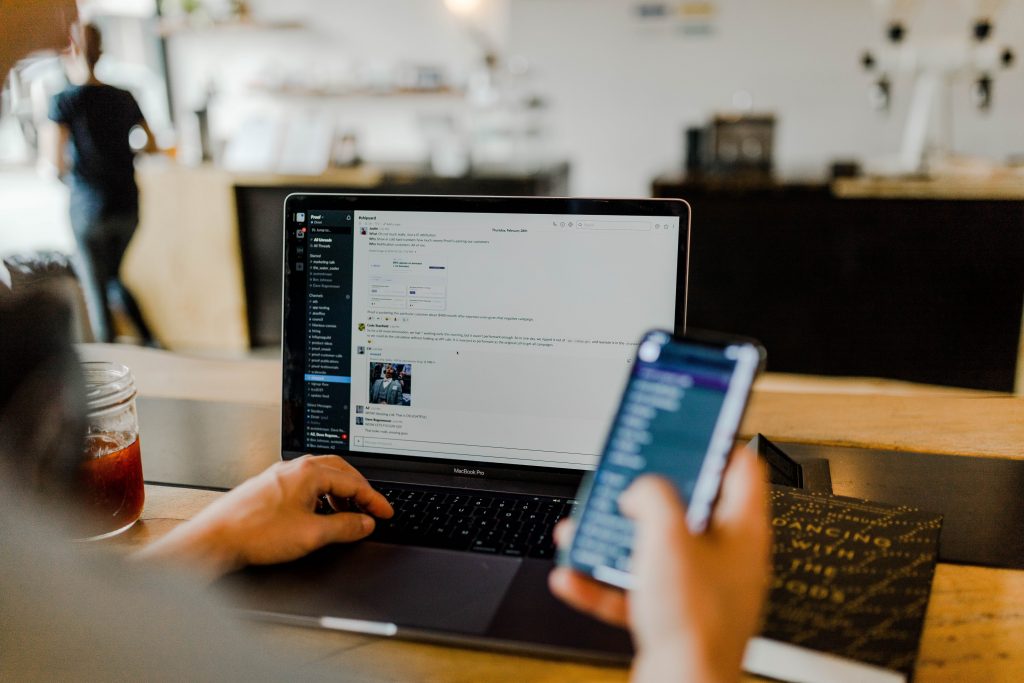We continue to see the role of companies as employers under a spotlight. As staffers continue to voice demands, and with the eyes of consumers narrowing in on employee behavior to determine purchasing behavior, we’re offering a bit of advice on actions companies can take in the week ahead.
- Now more than ever, consumers are judging employer reputations when making purchase decisions. Recent data from Morning Consult on brand management during the pandemic revealed that consumers expect brands take care of their employees and treat them well, even in tough times. Eighty-four percent said they are more likely to purchase from companies that treat their employees with flexibility and empathy. Half said they consider whether companies take care of their employees as one of their top five purchasing considerations. Consumers are eager to understand how organizations are contributing to solutions, observing health and safety measures, and taking care of their people – both now and in the future.
- Unmet employee demands are playing out publicly. In the United States, Whole Foods employees staged a “sickout” a few weeks back and are planning another at the start of May, as staffers again call for improved safety in stores. Meanwhile in France, Amazon suspended its operations due to the French court ruling and potential fine of 1 million euros per day to implement better safety measures for their employees. It’s proof that tensions between employers and workers remain as essential workers push to meet the demands of a sheltering-in-place consumer base.
- Even as leaders face extraordinary pressure in how their organization responds to each phase of the pandemic, they must continue to lead by example and prioritize inclusion. This Harvard Business Review article has a few pointers to help level the playing field – everything from access to technology to checking in with employees who may be disproportionately affected by the crisis. Another idea we’ve seen floating around: making use of pre-loaded backgrounds on video platforms like Zoom and Teams that eliminate perceptions of unequal status among various internal audiences.
- While government officials collaborate on plans to reopen states, corporate America is following suit. The winning approach: prioritize the need to protect employees’ health and safety while balancing the desire to return to “business as usual.” The assumption is that the return will be slow and steady. Some are considering alternating teams in the office on various days, others are looking to shorten the work week and some are rethinking office layouts to allow for ongoing physical distancing. But will things truly return to normal? Not in all cases. Given that 37% of U.S. jobs can be performed at home, we can expect employees with barriers to return to work immediately (caregiving responsibilities, health conditions, anxiety about the future) may press to continue working remotely having proven the setup is practical and productive.
*If you have questions or are seeking counsel, please reach out to Carla Keppler at ckeppler@golin.com.

